The Spicy Side of Spain: A Flavorful Guide to Spanish Spicy Foods
Table of Contents
Introduction to Spanish Spicy
When it comes to spice, Spain might not be the first country that comes to mind. But behind its rich culinary traditions lies a hidden world of heat and flavor—Spanish spicy. From fiery sausages to smoky paprika-laced stews, this unique blend of spices adds depth and intensity to many classic Spanish dishes.
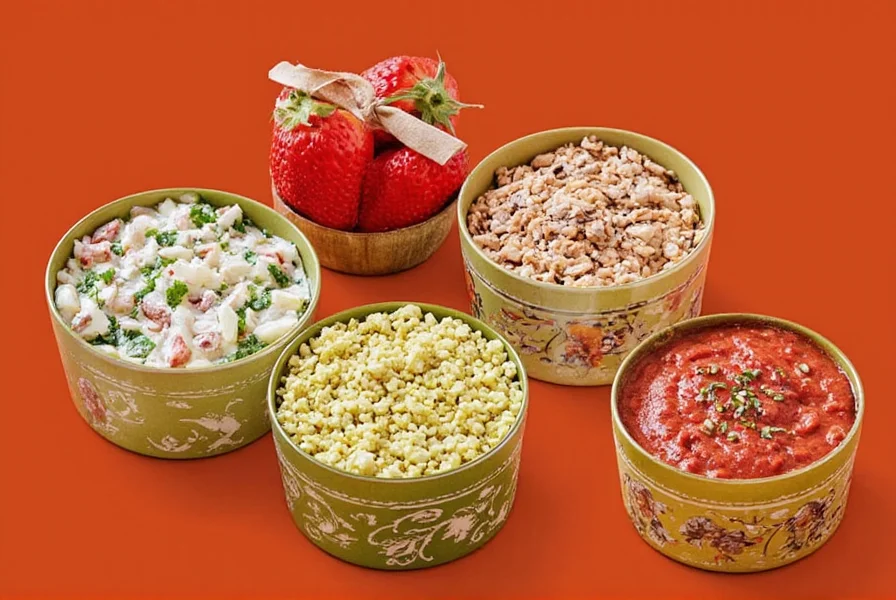
Spanish spicy is more than just a taste—it's a cultural statement. It reflects the influence of North African flavors, the warmth of Mediterranean ingredients, and the boldness of Spanish cooking. Whether you're a seasoned foodie or just starting to explore the world of spice, this guide will help you understand and enjoy the heat of Spanish cuisine.
Spice Basics for the Curious
Before diving into Spanish spicy, it's helpful to understand what makes it special. Unlike the hot peppers used in Indian or Mexican cuisines, Spanish spicy often relies on a combination of dried peppers, smoked paprika, and other traditional seasonings to create a complex and layered heat.
What Makes Spanish Spicy Unique?
- Smoked Paprika (Pimentón): This is one of the most iconic ingredients in Spanish spicy. Made from dried and smoked peppers, it gives dishes a deep, smoky flavor and a subtle heat.
- Chorizo: A cured sausage often infused with paprika, chorizo is a staple in Spanish cooking and brings both flavor and spice to many dishes.
- Hot Peppers: While not as common as in other cuisines, some Spanish recipes use fresh chili peppers like pimientos de padrón or jalapeños for an extra kick.
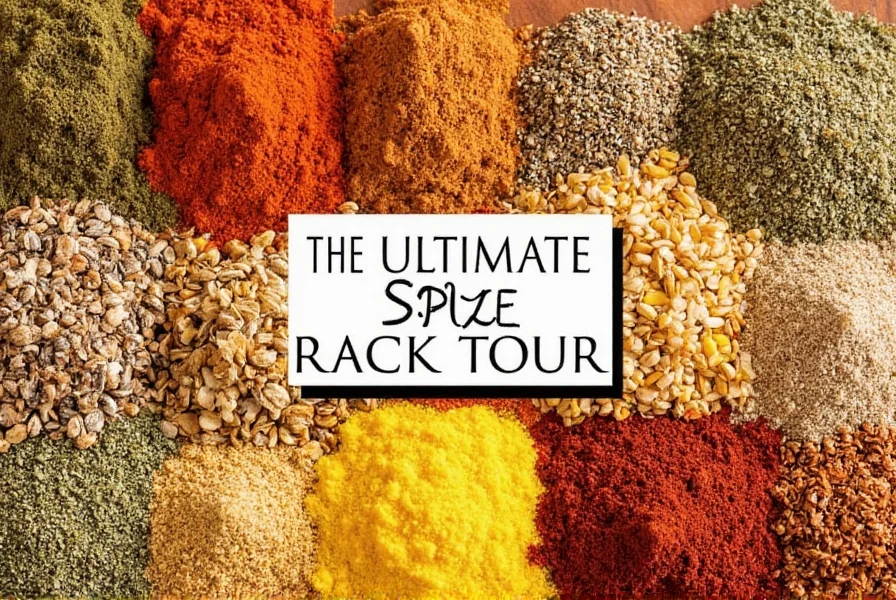
Understanding the Heat Scale
Spanish spicy isn't always about high heat levels. In fact, many traditional dishes rely on mild to medium spiciness. However, some regional variations can be quite intense. Here’s a quick breakdown of the typical heat range in Spanish spicy dishes:
| Heat Level | Description |
|---|---|
| Mild | Uses only a touch of paprika or small amounts of chili |
| Medium | Common in many everyday dishes, such as patatas bravas or tapas |
| Hot | Found in certain regional specialties, like some versions of chorizo or spicy seafood stews |
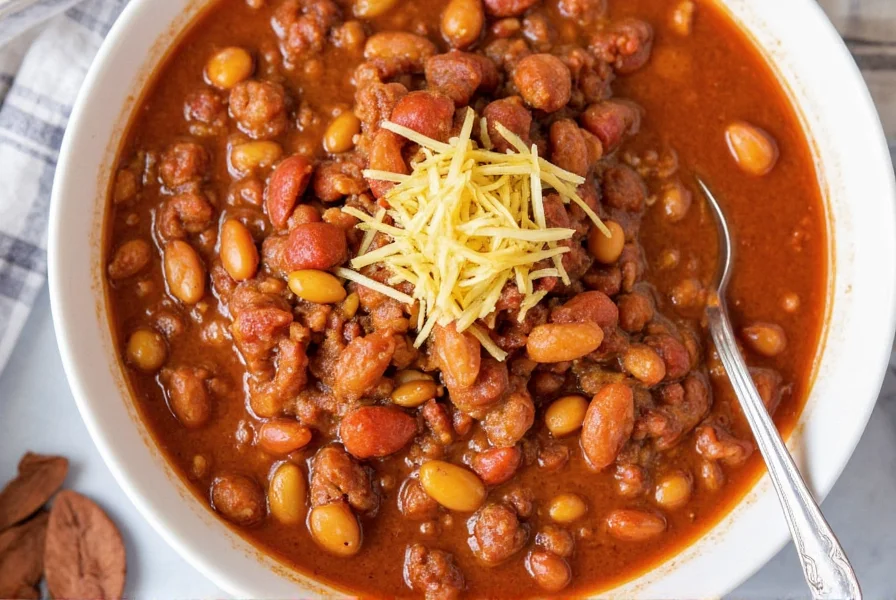
Popular Spanish Spicy Dishes
Spanish cuisine is full of flavorful and sometimes spicy dishes. These are some of the most popular ones that showcase the power of Spanish spicy:
Patatas Bravas
A classic Spanish tapa, patatas bravas consists of fried potatoes served with a spicy tomato sauce. The sauce is typically made with paprika, garlic, and sometimes a bit of chili for extra heat.
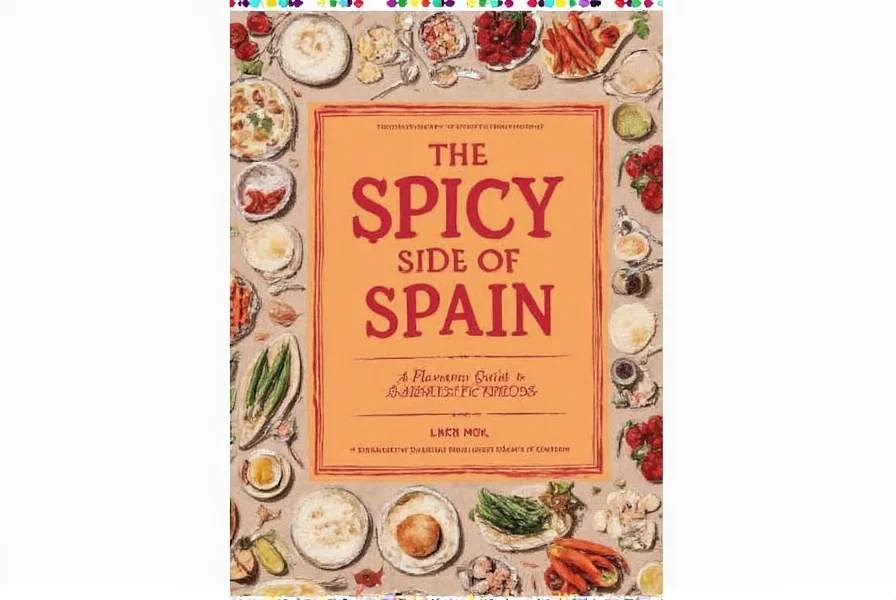
Chorizo al Vino
This dish features slices of chorizo cooked in red wine, often with a hint of paprika. It's a simple but bold way to enjoy the richness of Spanish spicy.
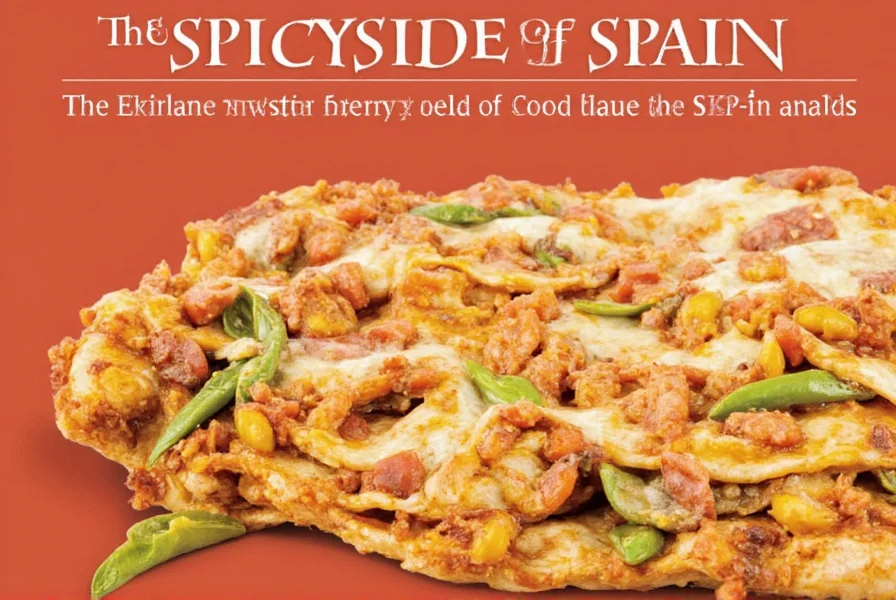
Paella de Mariscos
Seafood paella is a vibrant and aromatic dish that often includes a touch of paprika and sometimes a pinch of chili to give it a little kick. It's a perfect example of how Spanish spicy can enhance a dish without overpowering it.
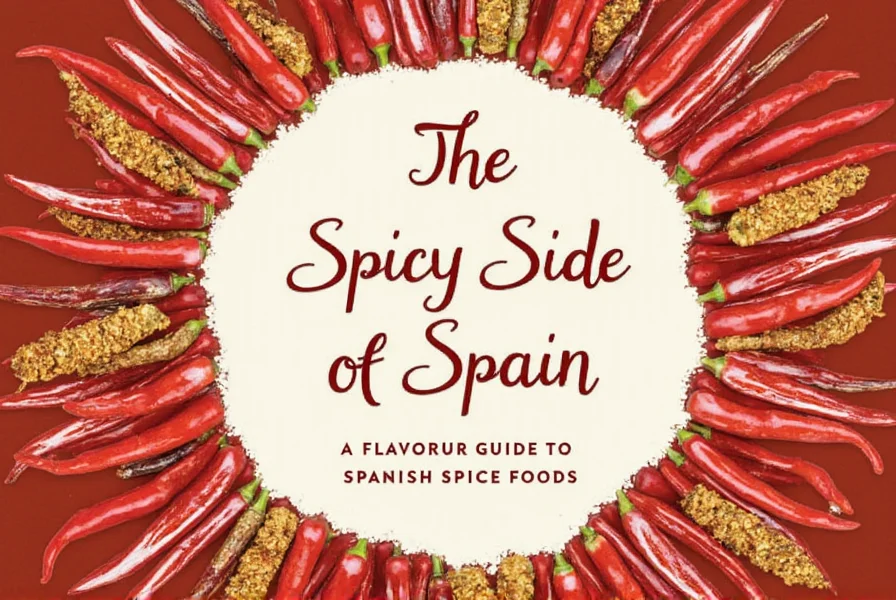
Tapas with a Twist
Many tapas are designed to be shared, and some include a spicy element. Think of grilled squid with a paprika-based sauce or spicy olives with a hint of chili. These bites are great for those who want to explore Spanish spicy in small doses.
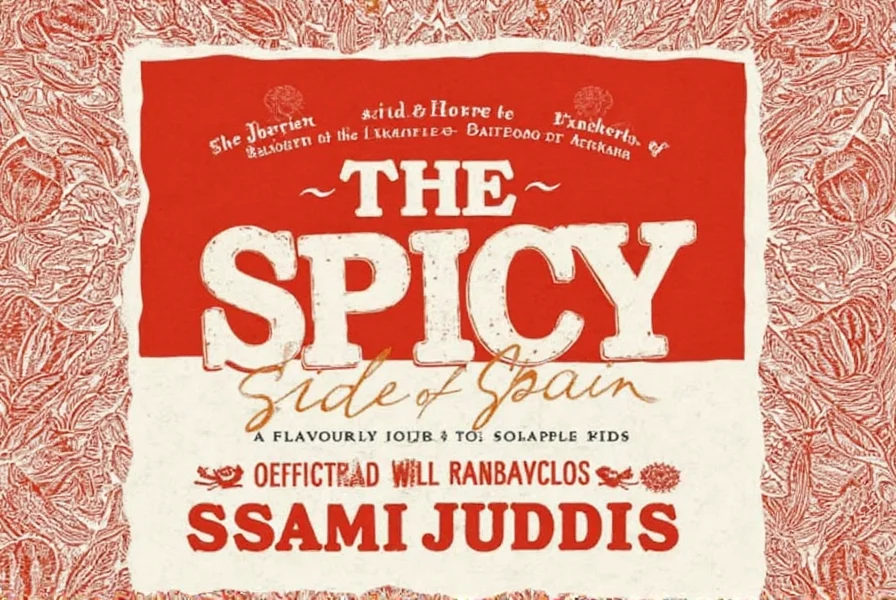
Practical Tips for Cooking with Spanish Spicy
If you're looking to bring a little Spanish spicy into your kitchen, here are some tips to get started:
Start Small and Build Up
Spanish spicy can be more nuanced than other types of heat. Start with a small amount of paprika or chili and adjust based on your taste. Remember, you can always add more, but you can’t take it away once it's in the dish.
Use Smoked Paprika for Depth
Smoked paprika is a game-changer when it comes to Spanish spicy. It adds a rich, smoky flavor that enhances the overall depth of the dish. Look for the best quality—some brands even offer different heat levels.

Pair with Complementary Flavors
Spanish spicy works best when balanced with other strong flavors. Try pairing it with garlic, olive oil, tomatoes, or citrus to create a well-rounded dish. Don’t forget the cheese—many Spanish cheeses pair beautifully with a touch of heat.
Experiment with Regional Variations
Each region in Spain has its own take on spicy food. For example, Andalusian dishes may use more paprika, while Basque cuisine might lean on local peppers. Exploring these differences can lead to exciting new flavor combinations.
Buying Guide for Spanish Spicy Ingredients
Whether you're making a Spanish spicy dish at home or just experimenting with new flavors, having the right ingredients is essential. Here’s a guide to help you choose the best products:
Smoked Paprika (Pimentón)
Smoked paprika is the cornerstone of Spanish spicy. Look for high-quality varieties that are labeled as 'pimentón de la Vera' for the best flavor and aroma. It comes in different heat levels—mild, sweet, and hot.
- Features: Smoky, earthy, slightly sweet
- Advantages: Adds depth and color to dishes
- Use Cases: Stews, soups, sauces, and meat rubs
- Target Audience: Home cooks, chefs, and spice lovers
- Suitable Occasions: Tapas nights, family dinners, and holiday meals
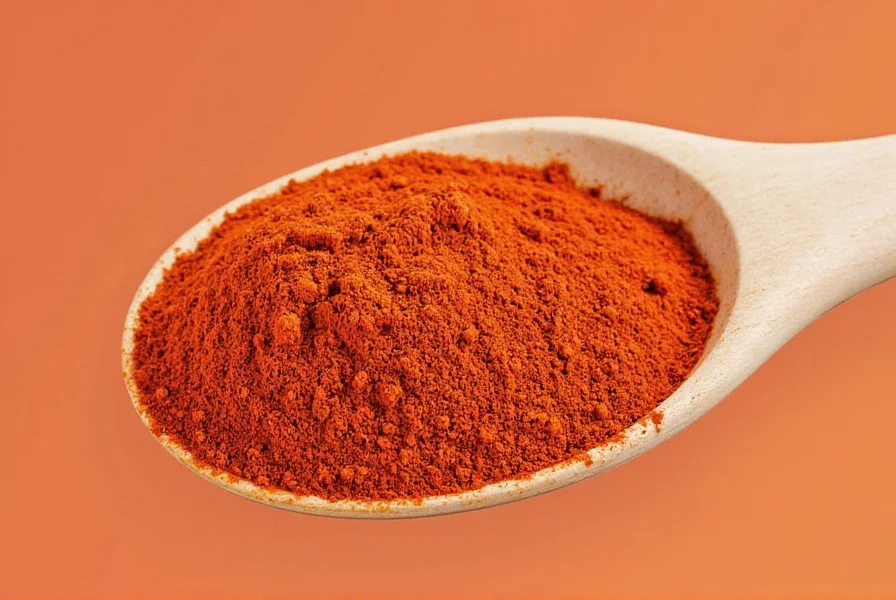
Chorizo
Chorizo is a must-have for any Spanish spicy recipe. It comes in both fresh and cured varieties, with the latter being the most commonly used in cooking. Look for high-quality, artisanal chorizo that uses natural casings and no artificial additives.
- Features: Rich, smoky, and slightly spicy
- Advantages: Adds flavor and texture to dishes
- Use Cases: Sautéed, grilled, or added to stews and rice dishes
- Target Audience: Anyone who loves bold, savory flavors
- Suitable Occasions: Tapas, casual meals, and festive gatherings
Spanish Hot Peppers
If you're looking for a more direct hit of heat, Spanish hot peppers like pimientos de padrón or jalapeños can add a punch. They’re often used in tapas or as a garnish for dishes.
- Features: Fresh, crisp, and occasionally spicy
- Advantages: Offers a refreshing contrast to smoky flavors
- Use Cases: Grilled, stuffed, or eaten raw as a side
- Target Audience: Spicy food enthusiasts and adventurous eaters
- Suitable Occasions: Tapas bars, summer cookouts, and casual dining
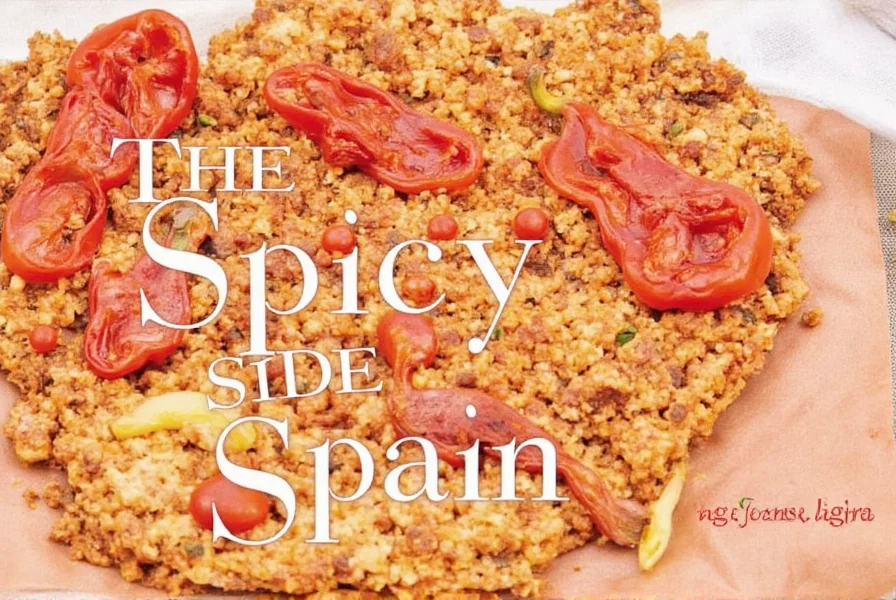
Spanish Spice Blends
Some stores sell pre-made Spanish spice blends that combine paprika, garlic, and other herbs. These are great for adding convenience and authenticity to your cooking.
- Features: Balanced mix of smoky, sweet, and savory notes
- Advantages: Saves time and ensures consistency
- Use Cases: Rubbing on meats, seasoning vegetables, or mixing into sauces
- Target Audience: Busy cooks and beginners
- Suitable Occasions: Weeknight dinners, potlucks, and parties
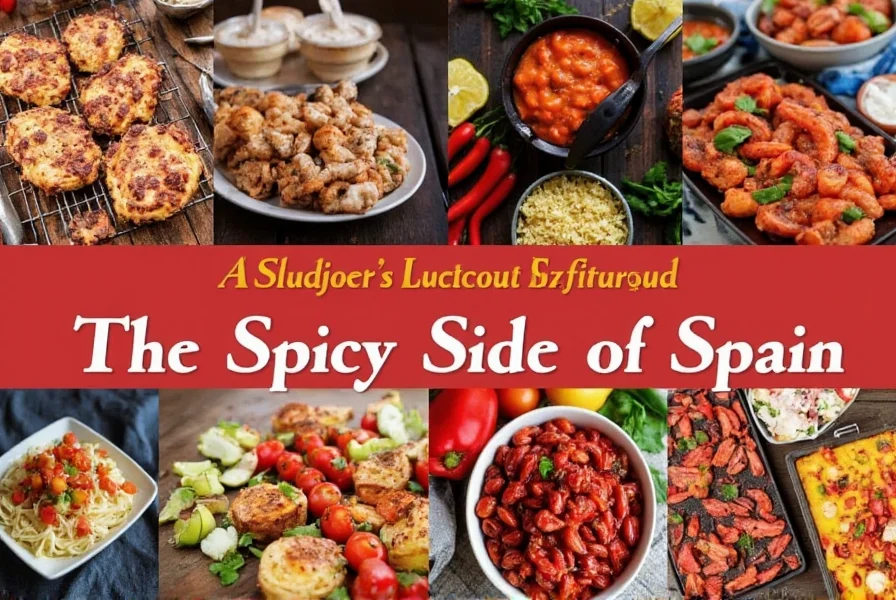
Conclusion
Spanish spicy is more than just a flavor—it's a reflection of Spain's rich culinary heritage. From the smoky depths of paprika to the boldness of chorizo, it offers a unique and rewarding experience for anyone willing to explore its nuances.
Whether you're cooking up a storm in your kitchen or simply trying out a new dish at a restaurant, remember that Spanish spicy is all about balance, depth, and tradition. So go ahead, embrace the heat, and discover the magic of Spanish spicy today.
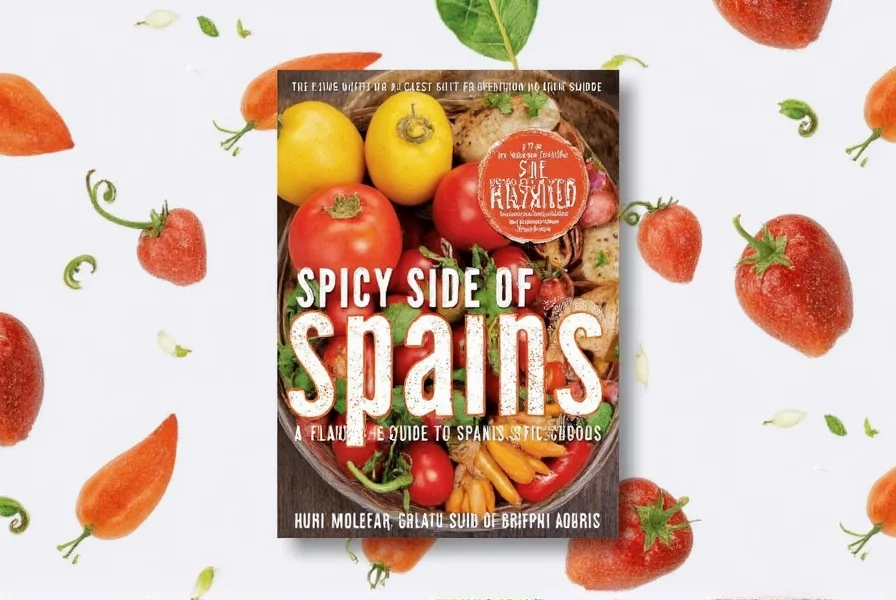
As the saying goes, “La vida es una fiesta”—life is a party. And with Spanish spicy, every meal becomes a celebration of flavor, culture, and joy.

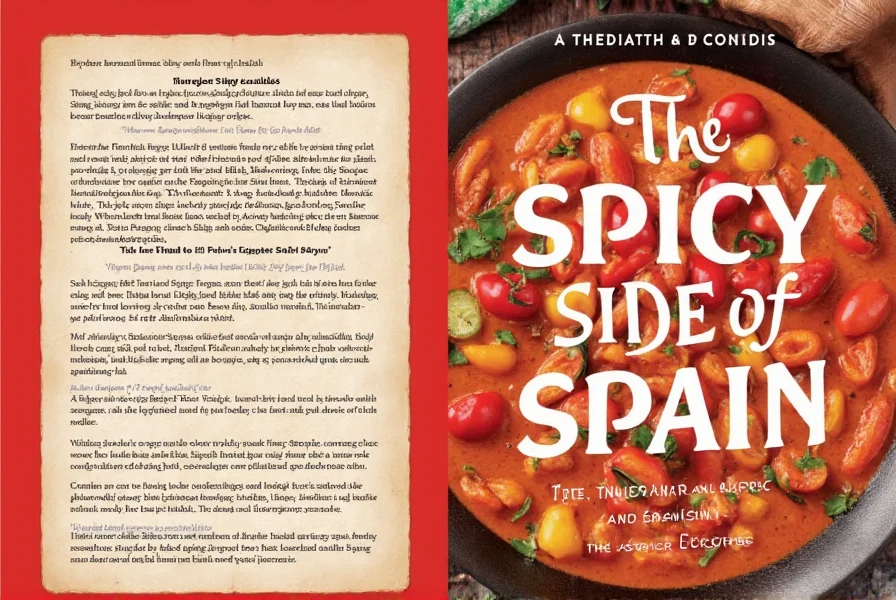









 浙公网安备
33010002000092号
浙公网安备
33010002000092号 浙B2-20120091-4
浙B2-20120091-4